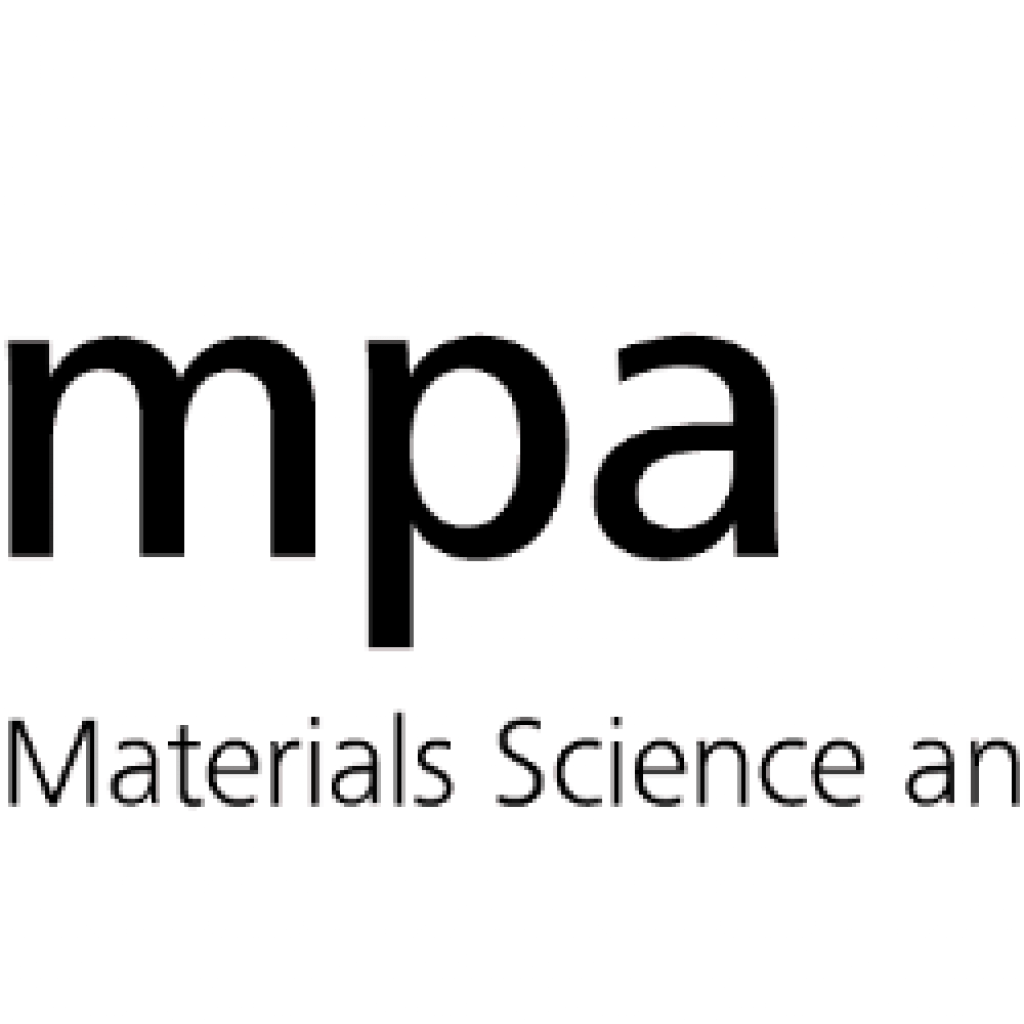(Newswise) The Werner Siemens Foundation (WSS) is supporting Empa’s CarboQuant project with 15 million Swiss francs. The project aims to lay the foundations for novel quantum technologies that may even operate at room temperature – in contrast to current technologies, most of which require cooling to near absolute zero. “With this project we are taking a big step into the unknown,” says Oliver Gröning who coordinates the project. “Thanks to the partnership with the Werner Siemens Foundation, we can now move much further away from the safe shore of existing knowledge than would be possible in our ‘normal’ day-to-day research.. . .”
The expedition into the unknown now being undertaken by Empa researchers Pascal Ruffieux, Oliver Gröning and Gabriela Borin-Barin under the lead of Roman Fasel was preceded by twelve years of intensive research activity. The researchers from Empa’s nanotech@surfaces laboratory, headed by Fasel, regularly published their work in renowned journals such as Nature, Science and Angewandte Chemie.
CarboQuant is intended to build on spin effects in graphene nanoribbons. Gröning says, “So far, we see spin states at very specific locations in the nanoribbons, which we can generate and detect. The next step will be to manipulate these spin states deliberately, for example, to reverse the spin at one end of the nanoribbon and thus elicit a corresponding reaction at the other end.” This would give Empa researchers something very unique to work with: a quantum effect that is stable and can be manipulated even at room temperature or requiring just moderate cooling. That could be a silver bullet for building entirely new kinds of quantum computers.
The control and time-resolved measurement of spin states, requires a completely new set of equipment that the researchers will have to develop and build. “We need to combine the scanning tunneling microscope (STM), in which we synthesize the nanoribbons and look at their structure, with ultra-fast measurements of their electronic and magnetic properties,” Gröning explains. That can be done by high-frequency electrical signals at high magnetic fields and by irradiation with very short, extremely intense laser pulses.
CarboQuant is a very special project thanks to its long-term and generous funding, says Oliver Gröning. The researchers at Empa’s nanotech@surfaces lab now have extraordinarily great and long-term creative freedom on the way to their ambitious goal: a possible building material for next-generation quantum computers. “We don’t yet see the island that might be out there. But we can guess it, and if there is something out there, we are confident that we will find it, thanks to the support of the Werner Siemens Foundation and our national and international research partners,” says Gröning.
Empa’s CarboQuant project receives 15 million Swiss francs to research quantum materials that may operate at room temperature
